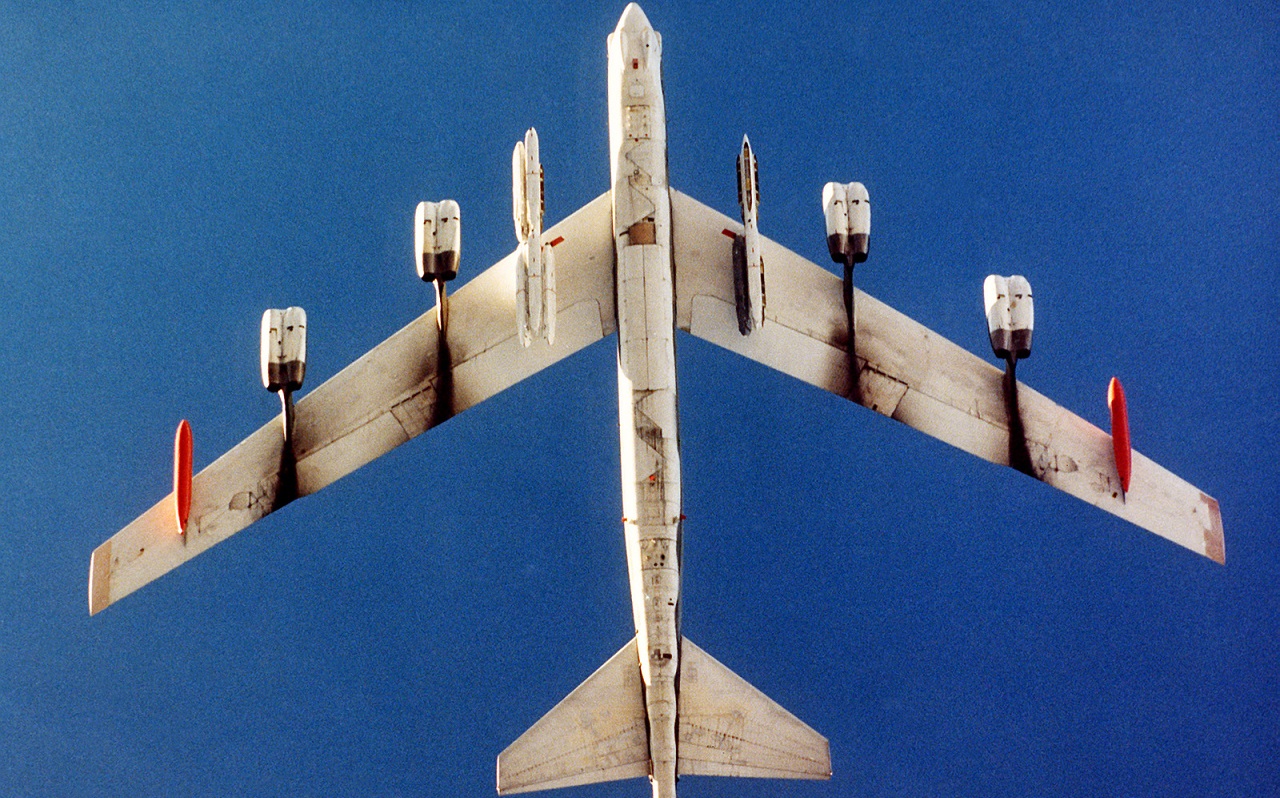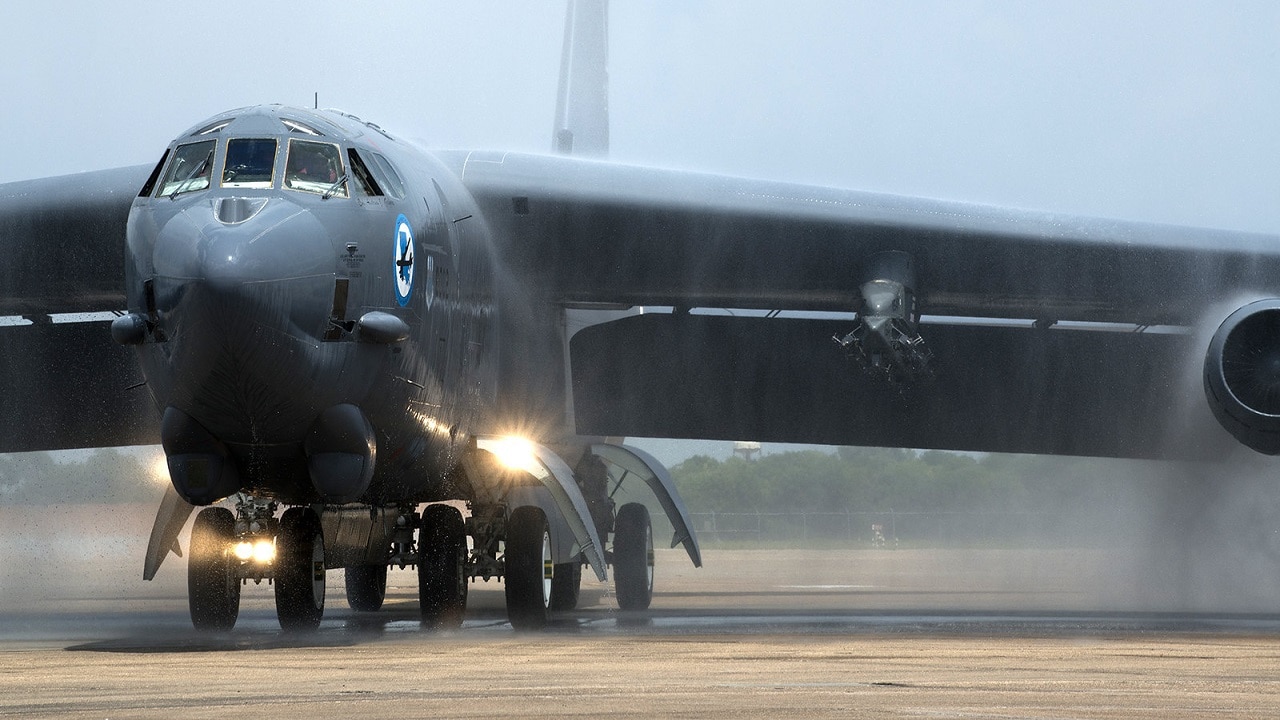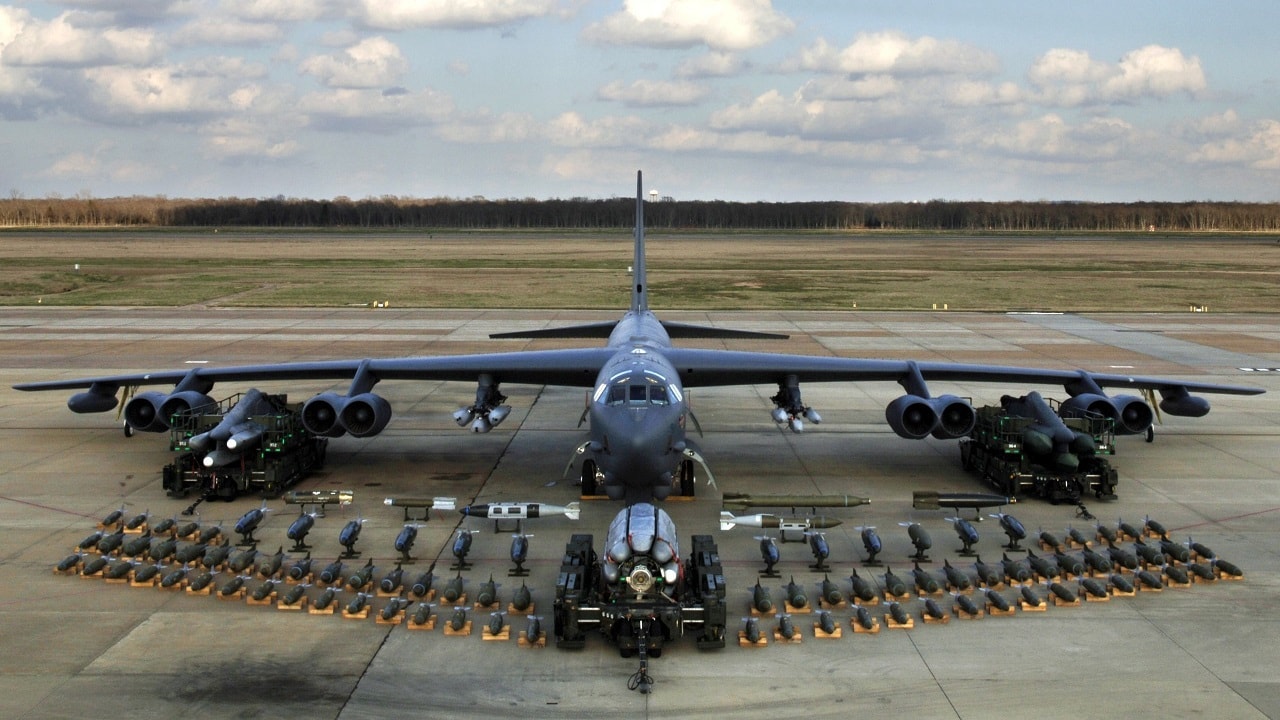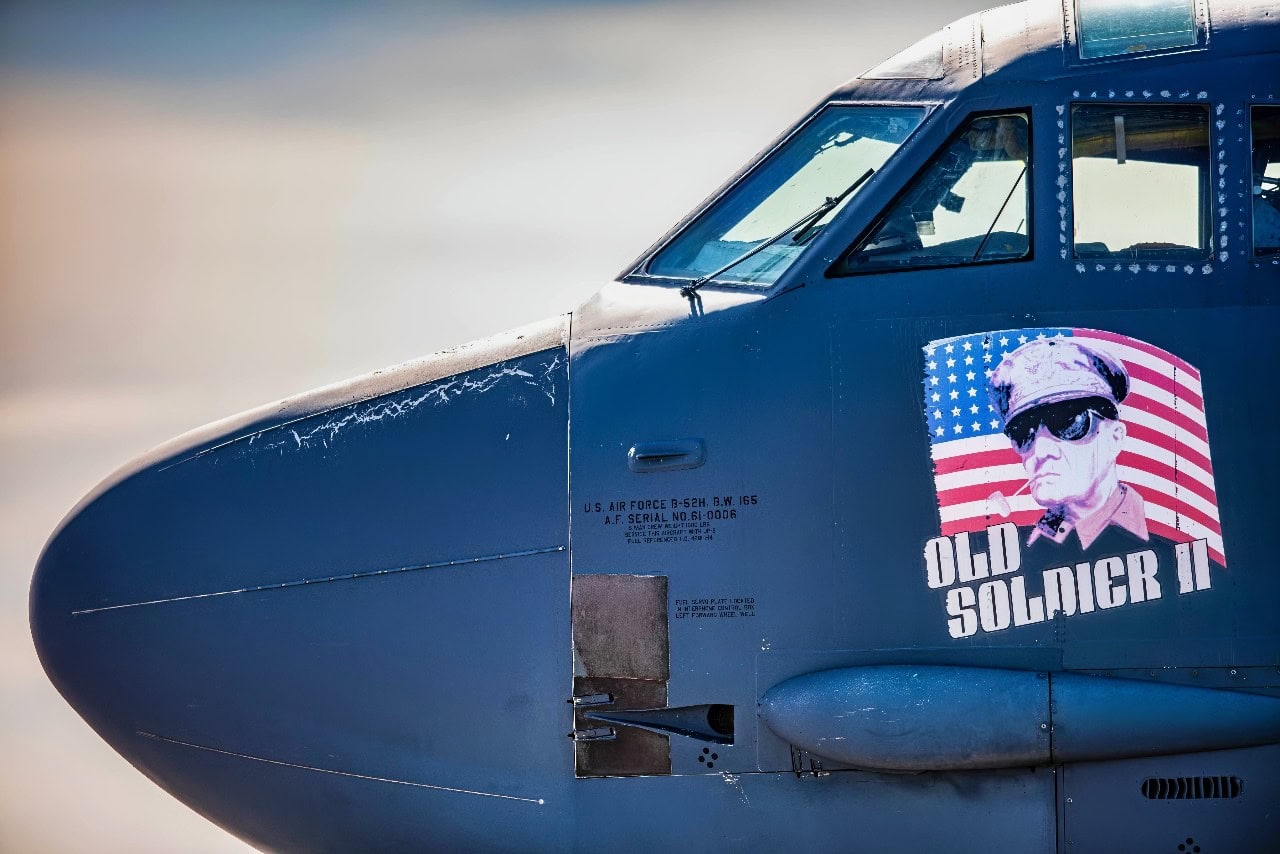The U.S. Air Force is once again breathing new life into a relic of the Cold War. The legendary B-52 Stratofortress, first flown in the 1950s, is being modernized with new Rolls-Royce F130 engines, state-of-the-art radar systems, and avionics upgrades.
Once complete, the aircraft will be redesignated as the B-52J, a name befitting a bomber expected to remain in service until at least 2050—when the youngest of these airframes will be approaching their centennial.
For all its enduring utility, this modernization effort is an astonishingly long process. If the program stays on schedule—a bold assumption given the Pentagon’s procurement history—the B-52J will not be fully operational until 2033.
This raises a critical question: is this investment a wise use of limited defense dollars in a rapidly evolving threat environment, or is it another example of America’s military-industrial complex clinging to old platforms long past their prime?
The B-52J Bomber Gamble
The B-52 and soon-to-be B-52J remains a potent symbol of American airpower. It has served as a pillar of the U.S. nuclear triad and as a workhorse for conventional precision-strike missions across multiple wars. Its combat record—from Vietnam to Iraq and Afghanistan—demonstrates its ability to deliver overwhelming firepower at long range.
Yet despite its storied history, it is a relic from another era. The youngest airframes in service were built in 1962, and their original Pratt & Whitney TF33 engines are woefully inefficient and maintenance-intensive.
The Rolls-Royce F130 engines will undoubtedly improve fuel efficiency, reliability, and thrust, ensuring that the B-52 remains relevant in certain mission sets. But while these upgrades make sense in a vacuum, the decision to extend the B-52’s service life well into the mid-21st century reflects a troubling reluctance to fully embrace next-generation alternatives.
The Air Force’s track record in modernization is mixed at best. The F-35, originally billed as the cornerstone of America’s future airpower, has been plagued by cost overruns, sustainment headaches, and software failures. Despite these problems, the aircraft remains central to U.S. defense strategy because it provides capabilities—stealth, sensor fusion, electronic warfare—that older platforms simply cannot match.
The same logic should apply to the next generation of bombers. The B-21 Raider, designed for survivability in contested environments, is built to penetrate modern air defenses and operate undetected where legacy bombers cannot. Yet rather than fully committing to the B-21 and expanding production beyond the planned 100 aircraft, the Air Force is doubling down on a Cold War workhorse.
This is not the first time the Pentagon has tried to bridge the gap between old and new. The F-15EX Eagle II, a modernized version of the fourth-generation F-15, was revived to complement the F-35 in missions that do not require stealth. Unlike the B-52, however, the F-15EX benefits from being an active production line; it is not a half-century-old airframe struggling against time.
There is a case for keeping legacy aircraft relevant where feasible, but that case weakens when an aging platform is being sustained at the expense of more capable alternatives. The B-52, for all its long-range strike ability, is not survivable against peer adversaries. While it can serve in a standoff role, launching cruise missiles from safe distances, the reality is that it will never again operate in heavily contested airspace. The B-21, on the other hand, is designed precisely for that mission.
Why A B-52J Bomber?
The decision to extend the B-52’s service life into the 2050s is not just a question of efficiency; it is a question of opportunity cost. Defense budgets are finite. Every dollar spent on modernizing a 70-year-old bomber is a dollar not spent on accelerating B-21 production, developing next-generation unmanned strike platforms, or investing in cutting-edge air defense suppression capabilities. Legacy platforms are often justified in terms of cost-effectiveness, but history suggests otherwise.
The longer an aircraft remains in service, the more expensive it becomes to maintain. Aging airframes require more frequent inspections, structural reinforcements, and unexpected repairs. The Air Force already struggles with sustaining the B-1 and B-2 fleets, both of which are being retired earlier than planned due to escalating costs. Extending the B-52 program risks falling into the same trap.
At a time when America’s adversaries are rapidly modernizing their air defense networks, relying on a bomber first flown during the Eisenhower administration seems more like inertia than strategy.
The Air Force is placing a long bet on the idea that the B-52’s standoff capabilities will be enough, but that assumption ignores the evolving nature of modern warfare. Hypersonic missiles, advanced integrated air defense systems, and electronic warfare innovations will continue to erode the effectiveness of non-stealthy bombers, even when operating at extended ranges. Meanwhile, China and Russia are developing stealthy long-range strike platforms of their own, recognizing that survivability—not nostalgia—is what will determine victory in a high-end conflict.

A B-52 Stratofortress aircraft flies overhead near the Air Force Flight Test Center. The Stratofortress is carrying AGM-86 air-launched cruise missiles.

A B-52H Stratofortress is prepared for fight at Minot Air Force Base, N.D., Oct. 25, 2021. The last B-52H built was delivered in Oct. 1962. (U.S. Air Force photo by Airman 1st Class Zachary Wright)

B-52. Image Credit: Creative Commons.

A 2nd Bomb Wing B-52H Stratofortress taxis under a spray of water after returning from a mission July 12, 2014, at Barksdale Air Force Base, La. This marked the last flight for one crew member on the aircraft, Lt. Col. Ronald Polomoscanik, the 343rd Bomb Squadron director of operations, who is retiring after 23 years of service. (U.S. Air Force photo by Master Sgt. Greg Steele/Released)

Boeing B-52 static display with weapons, Barksdale AFB 2006. Image: Creative Commons.
The modernization of the B-52J is an engineering marvel, but it is also a strategic miscalculation. Rather than investing in a bomber that first saw combat over Vietnam, the Air Force should be accelerating the production of the B-21 and committing fully to the technologies that will define the next generation of air warfare.
The notion that the B-52J can remain a cornerstone of U.S. strategic bombing until 2050 rests on the assumption that future wars will resemble past ones. But wars are not won by sentimentality. They are won by airframes built for the battles ahead, not the conflicts of the last century.
The B-52J Bomber Is a Choice
By extending the B-52’s service life, the Pentagon is making a choice—not just about a bomber, but about the future of American airpower.
It is a choice that reflects the bureaucratic inertia of U.S. defense procurement, the reluctance to fully embrace next-generation capabilities, and the persistent temptation to upgrade rather than innovate.
The B-52 has served America well, but the skies of the 21st century demand something better.
About the Author: Dr. Andrew Latham
Andrew Latham is a non-resident fellow at Defense Priorities and a professor of international relations and political theory at Macalester College in Saint Paul, MN. Andrew is now a Contributing Editor to 19FortyFive, where he writes a daily column. You can follow him on X: @aakatham.

